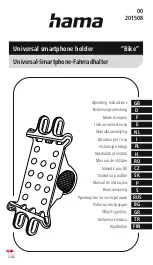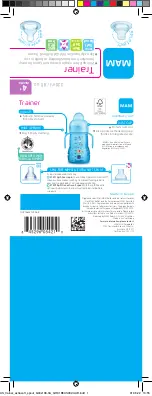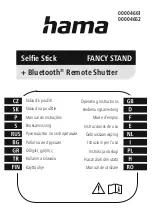
Flying-Wing (Delta-wing)
V Tail
1. Again make sure that there are no mixing functions active on your transmitter. Have a look at the radio’s servo
monitor and verify that each stick controls only one output channel (except for aileron stick which controls
aileron and aileron 2 if dual aileron is used, or elevator stick which controls elevator and elevator 2 if dual
elevator is used).
2. If dual aileron wing type is selected, [A] is used to control the servo connected at [OUT1], [A2] is used to
control the servo connected at [OUT4], in this case if [A2] is disconnected, [OUT1] and [OUT4] will be switched
to be controlled by [A] simultaneously, just as using a Y-extension cable on aileron.
3. If dual elevator wing type is selected, [E] is used to control the servo connected at [OUT2], [E2] is used to
control the servo connected at [OUT5], in this case if [E2] is disconnected, [OUT2] and [OUT5] will be switched
to be controlled by [E] simultaneously.
4. Most flying-wings have no rudder, in this case, [R] is unnecessary to connect.
5. [OUT4] and [OUT5] will become pass-through channels when they are unused.
4.3.
USING PASS-THROUGH FUNCTION OF [A2] & [E2]
For most planes, the second aileron and second elevator channels are not used, in this case, [A2] and [E2] can be used as
any other purpose, it means that the input signal applied to [A2] and [E2] will directly be passed to the output channel
[OUT4] and [OUT5] automatically. It will be useful in some cases, for an example, if your receiver provides only one
single-line output channel without any separate outputs for you to connect the ESC or throttle servo, you can connect the
ESC or the throttle servo at [OUT4] or [OUT5] by assigning the throttle channel number to [A2] or [E2] in the software .
Besides being used as throttle, [A2] and [E2] can be also used as gear, flap or other channels as you need.
CAUTION










































